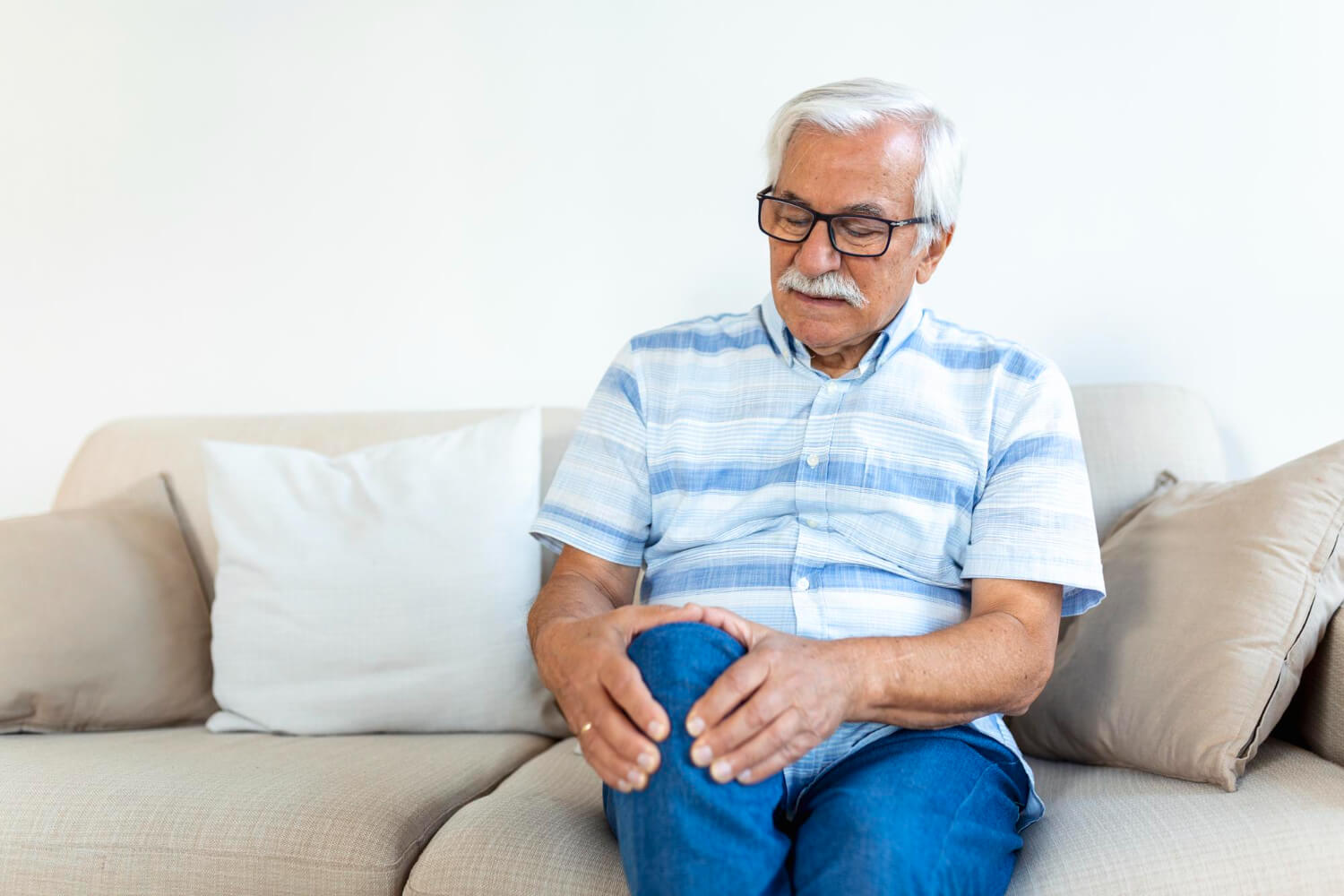Knee pain is a prevalent complaint among the elderly population, significantly impacting their quality of life and mobility. Understanding the causes behind this discomfort is crucial for effective management. In this article, we will explore the most common factors contributing to knee pain in the elderly.
Osteoarthritis
Osteoarthritis is the leading cause of knee pain in the elderly. It is a degenerative joint disease characterised by the gradual breakdown of the cartilage that cushions the knee joint. As the cartilage wears away, the bones may rub against each other, leading to pain, stiffness, and swelling. Osteoarthritis commonly affects weight-bearing joints, including the knees.
Rheumatoid Arthritis
Rheumatoid arthritis is an autoimmune condition that causes chronic inflammation and pain in the joints. While it can affect individuals of all ages, the elderly population is particularly vulnerable. In rheumatoid arthritis, the immune system mistakenly attacks the synovium, a membrane that lines the joints. As a result, the knee joint becomes inflamed, leading to pain, swelling, and limited mobility.
Gout
Gout is a type of arthritis caused by the accumulation of uric acid crystals in the joints. Although it primarily affects the big toe, it can also cause knee pain, especially in older adults. When uric acid levels become elevated, crystals form and trigger an inflammatory response, resulting in intense pain and swelling. Gout attacks can be sudden and debilitating, with the knee joint being one of the commonly affected areas.
Bursitis
Bursitis refers to the inflammation of the bursae, small fluid-filled sacs that cushion the joints. In the knee, bursitis can occur when the bursae become irritated or infected. Repetitive knee movements, prolonged kneeling, or injuries can contribute to this condition. Elderly individuals may be more prone to bursitis due to age-related changes in joint structures. Symptoms include localised pain, tenderness, swelling, and limited range of motion.
Knee Ligament Injuries
As individuals age, the ligaments that support the knee joint may weaken and become more susceptible to injury. Ligament tears or strains, such as those affecting the anterior cruciate ligament (ACL) or medial collateral ligament (MCL), can cause significant knee pain. These injuries often result from sports activities, falls, or accidents. Symptoms include pain, instability, swelling, and difficulty walking.
Knee pain in the elderly can arise from various causes, ranging from degenerative conditions like osteoarthritis and rheumatoid arthritis to acute injuries such as ligament tears. Accurate diagnosis and appropriate management are essential for relieving pain, improving mobility, and enhancing the overall well-being of older adults.


